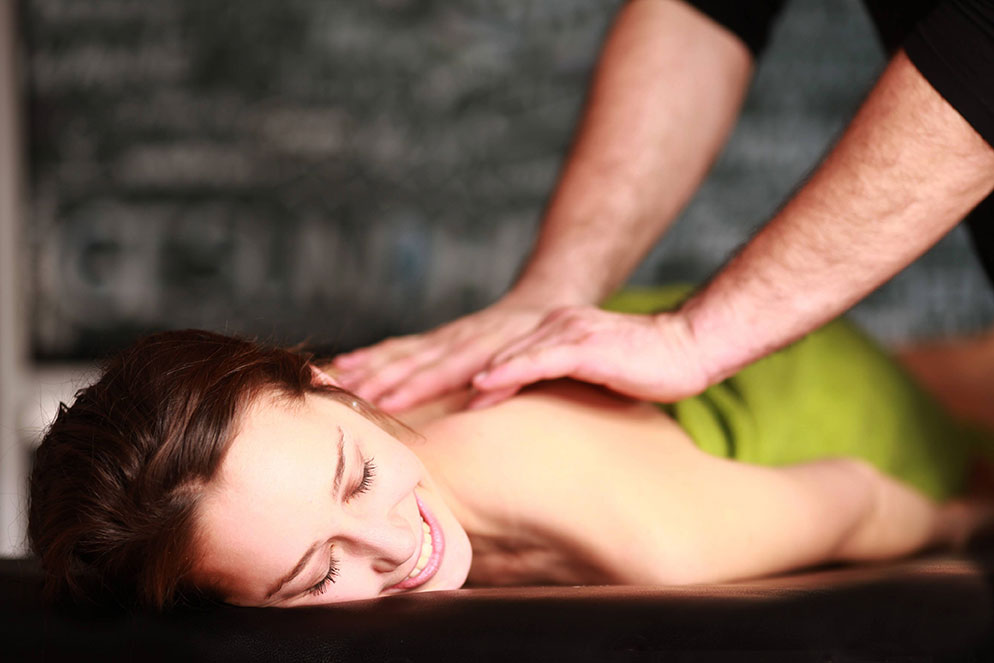
What is Massage?
Massage is the treatment of the muscular structure and soft tissues of the body. Massage uses various techniques that can involve rubbing or kneading the muscles and/or applying fixed or moveable pressure to the body. Massage is useful for medical or therapeutic purposes or simply as an aid to relaxation.
What are the benefits?
- Relaxation of the whole body
- Loosens tight muscles
- Relieves tired and aching muscles
- Diminishes chronic pain
- Assists with recovery from illness and injuries
- Strengthens the immune system
- Increases flexibility and range of motion
- Calms the nervous system
- Reduces tension headaches
- Increases recovery time for injuries
What to expect in a treatment?
Before the start of the massage session, you will be asked to fill out a questionnaire about your health. This information is used to help plan the session and to ensure your safety. Tell your massage practitioner why you are getting a massage because sessions can vary considerably to meet your individual needs & preferences. For example, you may want relief for sore feet or tight shoulders, or you may just want to relax. Sometimes focused attention on a particular troublesome spot will provide the greatest benefit. After taking a case history, the practitioner may also assess your posture, range of motion & muscle strength.
Most massage techniques are traditionally performed with the client partially unclothed; however, it is entirely up to you what you want to wear. You should undress to your level of comfort. You will be properly draped during the entire session.
Throughout the massage, the practitioner will normally briefly explain to you where they are about to massage and the purpose for treating this area. Feedback throughout the massage to your therapist is essential to ensure you are comfortable. Advise your therapist if the massage strokes being applied are too hard or too soft so that pressure can be adjusted for you. Likewise, if a technique feels particularly relaxing or beneficial, tell your therapist.
The practitioner will use a variety of strokes, some rubbing, kneading, vibration, percussion, whatever they think will work best for your muscles. Stretching, rocking, or pressure point work may all be added. If the therapist gives you directions for slow exhales, just follow along. If they stretch or rotate any joint, don’t try to help. Just stay as relaxed and limp as you can and let the therapist move that part of your body.
Once the massage is completed, the practitioner will leave the room to allow you to take some time to reorient yourself from a state of deep relaxation before getting up from the table and dressing in private.
Some Hints:
Prior to your massage please remove all jewellery. Pull long hair back with a clip.
After your massage, we recommend that you drink plenty of water to assist your body to flush out toxins that may have been mobilised from within muscle tissue during your massage.
